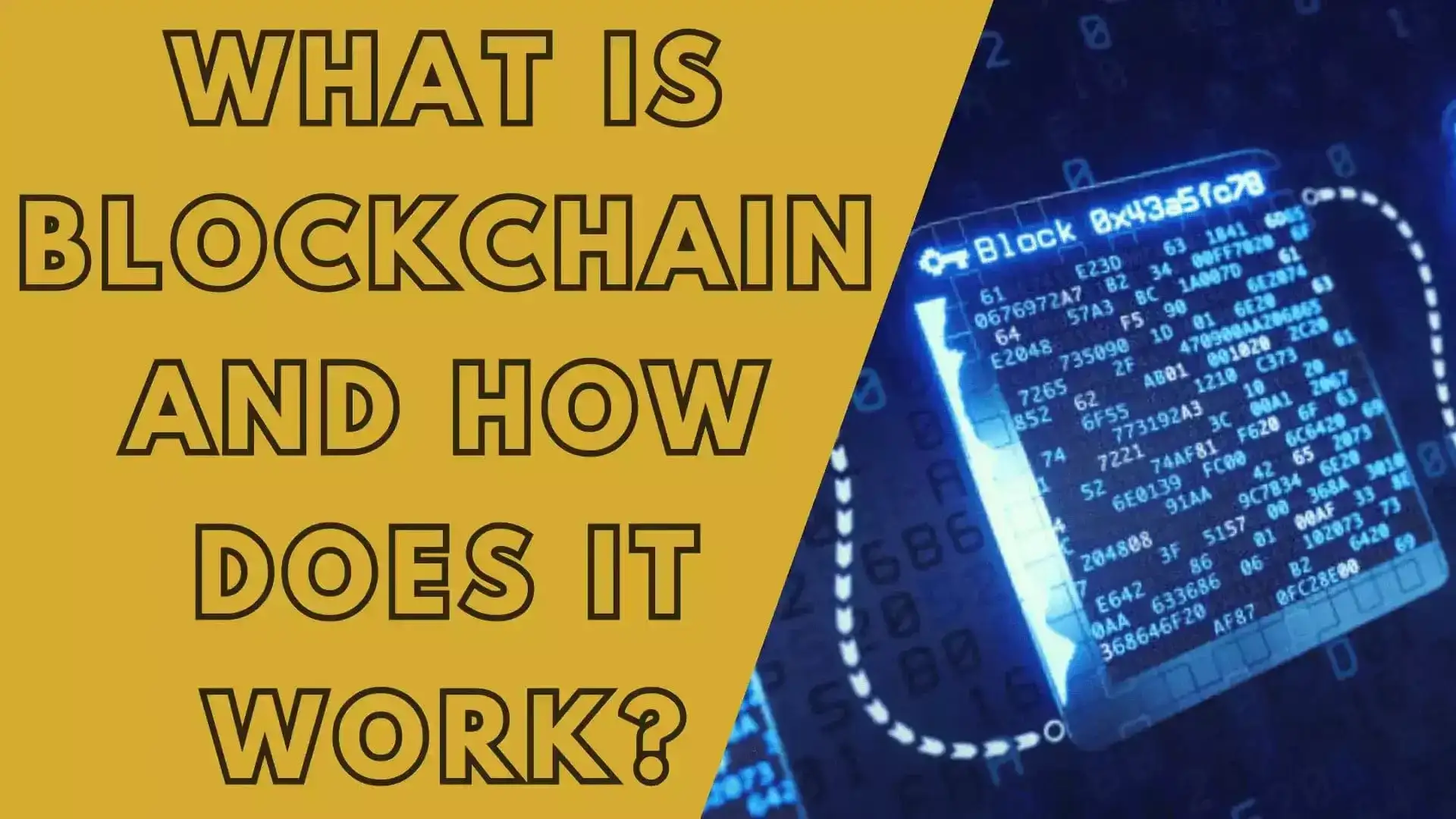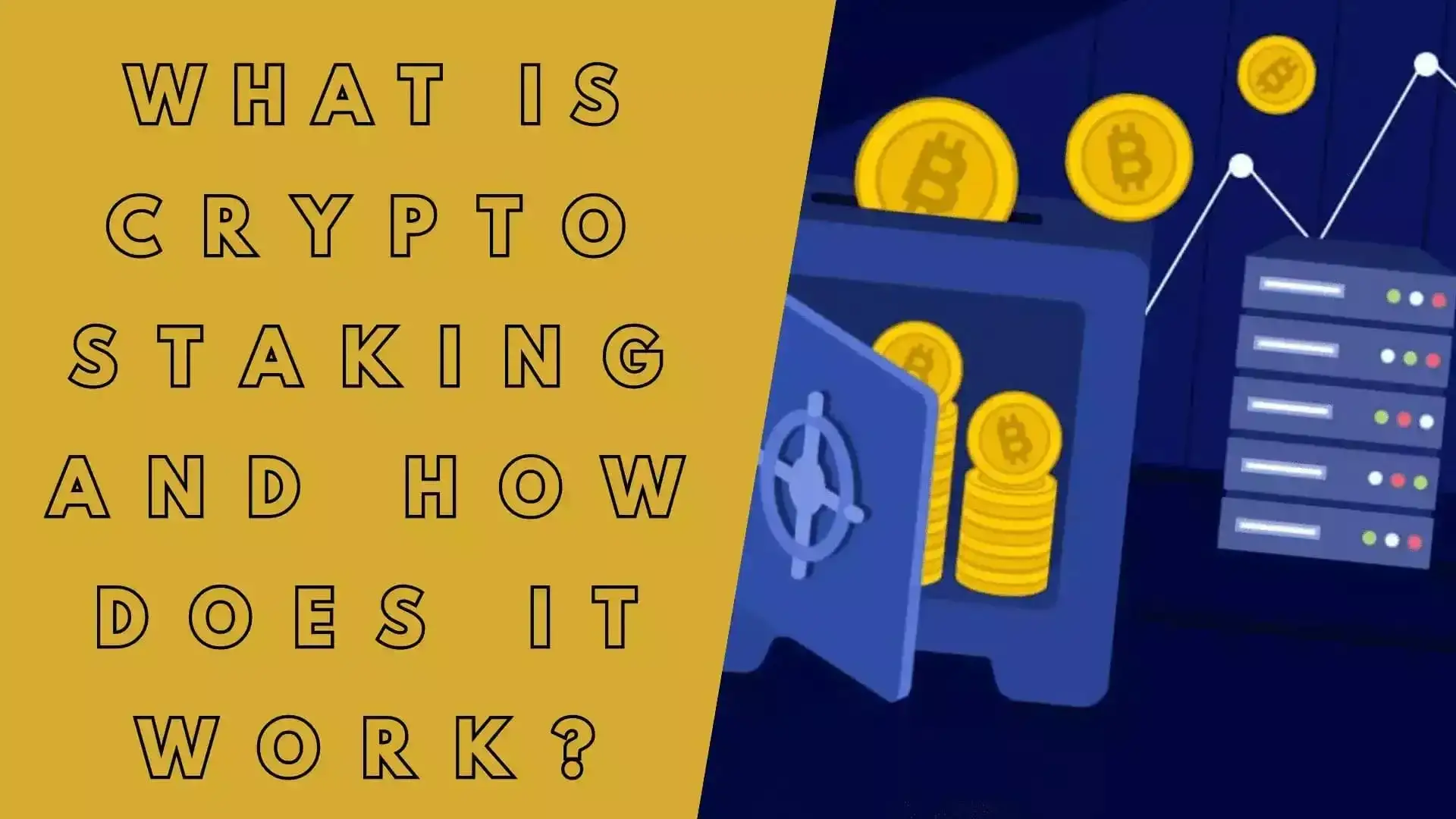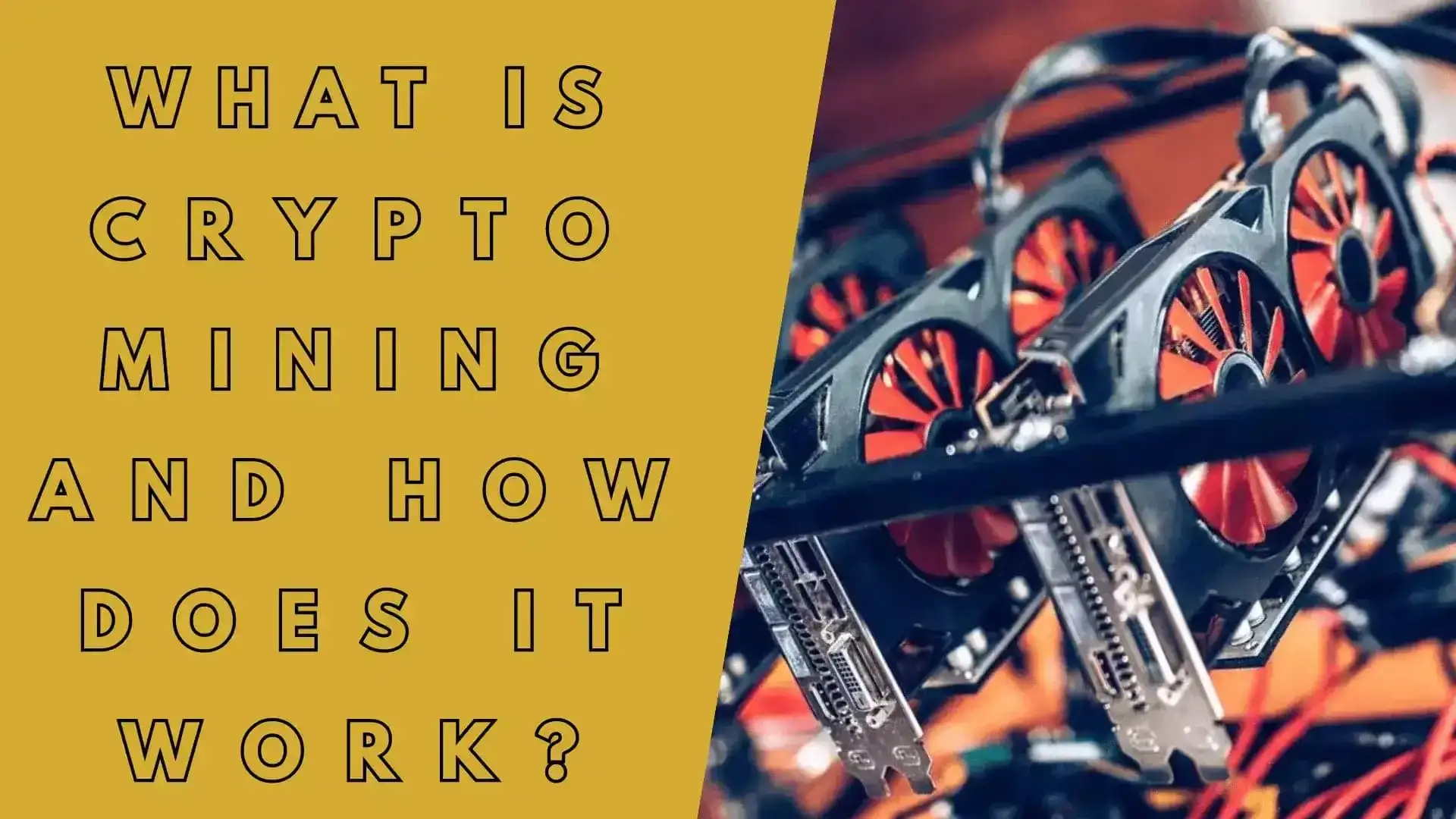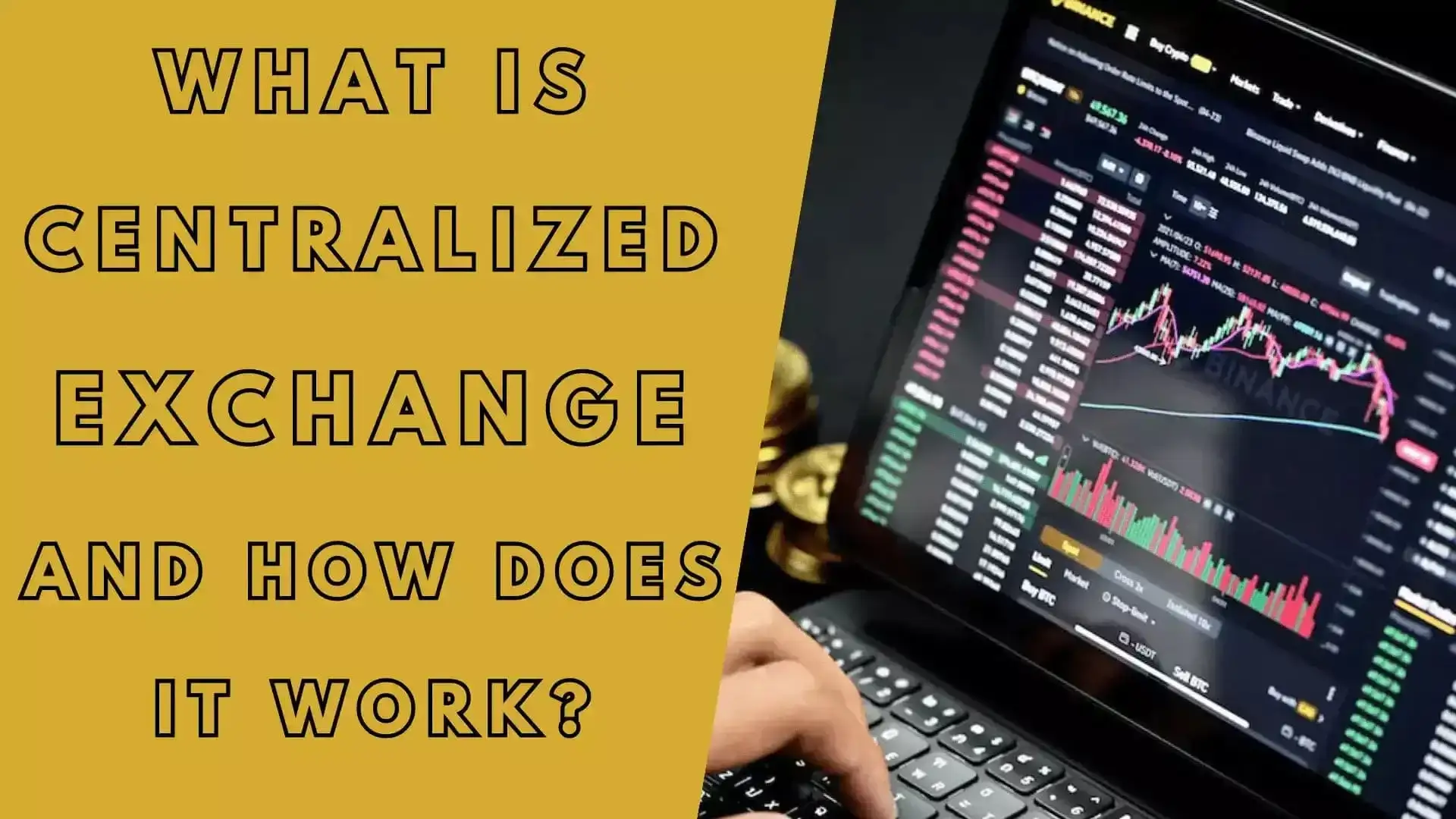What Is Proof-Of-Work (PoW) ?
Proof-of-Work (PoW) is a consensus algorithm that is commonly used in blockchain systems to achieve distributed consensus. It is the underlying mechanism that allows a decentralized network of nodes to agree on the state of a shared ledger without the need for a central authority.
The purpose of PoW is to prevent malicious actors from easily manipulating the blockchain by imposing a computational cost on the participants. In other words, it ensures that the participants, known as miners, have to invest computational power and energy to validate and add new blocks to the blockchain.
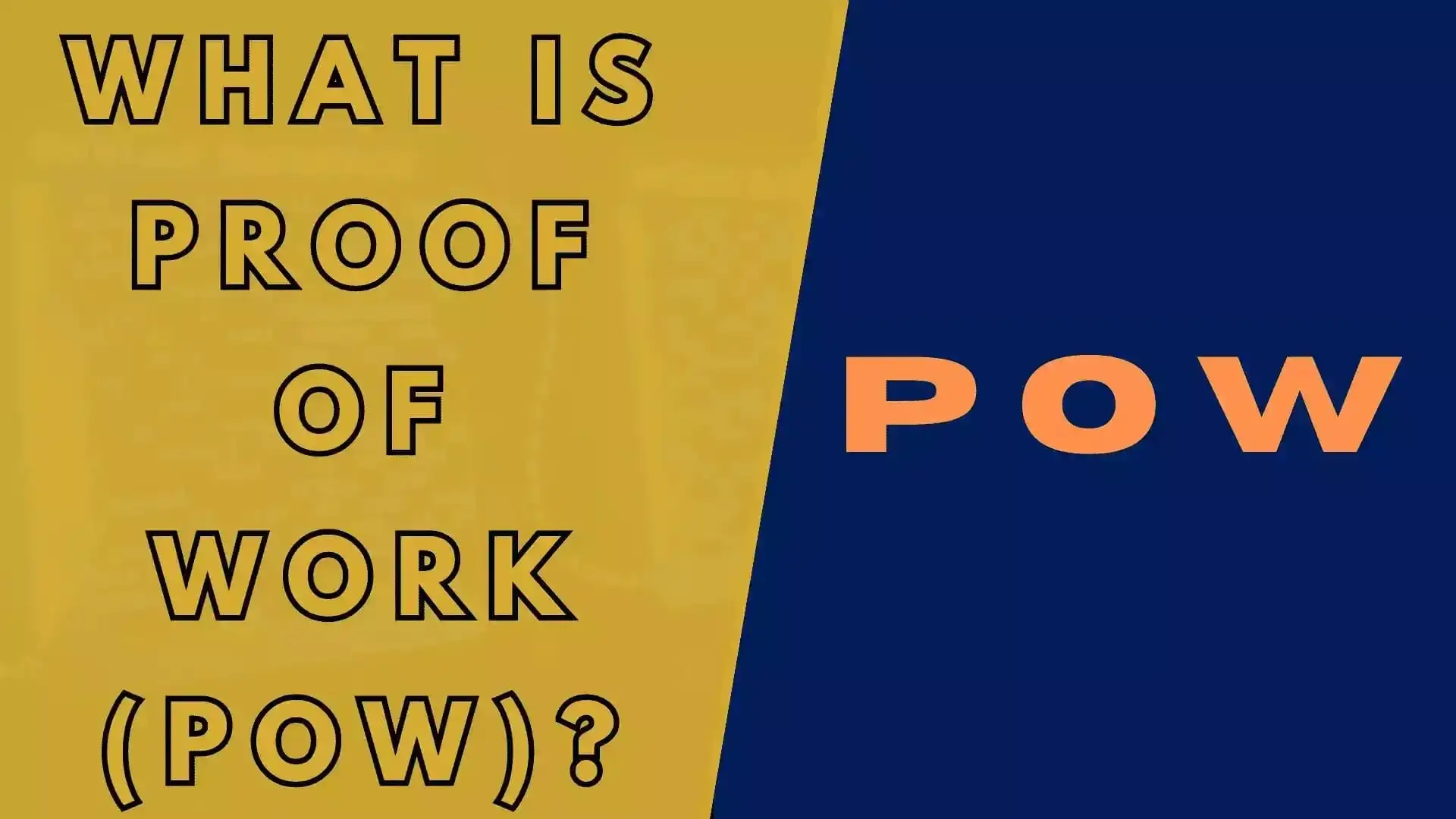
Posted on 19 Sep 2023
Here's how the PoW algorithm works:
- Miners collect a set of pending transactions that need to be added to the blockchain.
- They create a block header that includes a nonce (a random number) along with the previous block's hash, a timestamp, and other relevant information.
- Miners then apply a cryptographic hash function (typically SHA-256) to the block header and the nonce, generating a hash value.
- The hash value is compared to a target value or difficulty level set by the network. The target value represents the amount of computational work required to find a valid hash.
- If the hash value meets the specified criteria (i.e., it is below the target value), the miner successfully solves the PoW puzzle.
- The solved block is broadcasted to the network, and miners validate the solution by independently verifying the hash.
- Once the solution is accepted by other participants, the solved block is added to the blockchain, and the miner who found the solution is rewarded with cryptocurrency, such as Bitcoin, as an incentive for their work.
The difficulty level of the PoW puzzle is usually adjusted automatically based on the network's hash rate. It ensures that the average time to find a solution remains constant, regardless of the participants' computational power.
The key features of PoW are its security and decentralization. The computational work required to solve the puzzle makes it extremely difficult for attackers to modify the blockchain's history. Furthermore, the decentralized nature of PoW ensures that no single entity has control over the network, making it resistant to censorship and tampering.
However, PoW has certain drawbacks, including high energy consumption and scalability issues. The computational power required for mining consumes a significant amount of electricity, leading to environmental concerns. Additionally, PoW can be slow and inefficient when it comes to processing a large number of transactions.
To address these concerns, alternative consensus algorithms like proof-of-stake (PoS) and Proof-of-Authority (PoA) have been developed, each with its own advantages and disadvantages.

